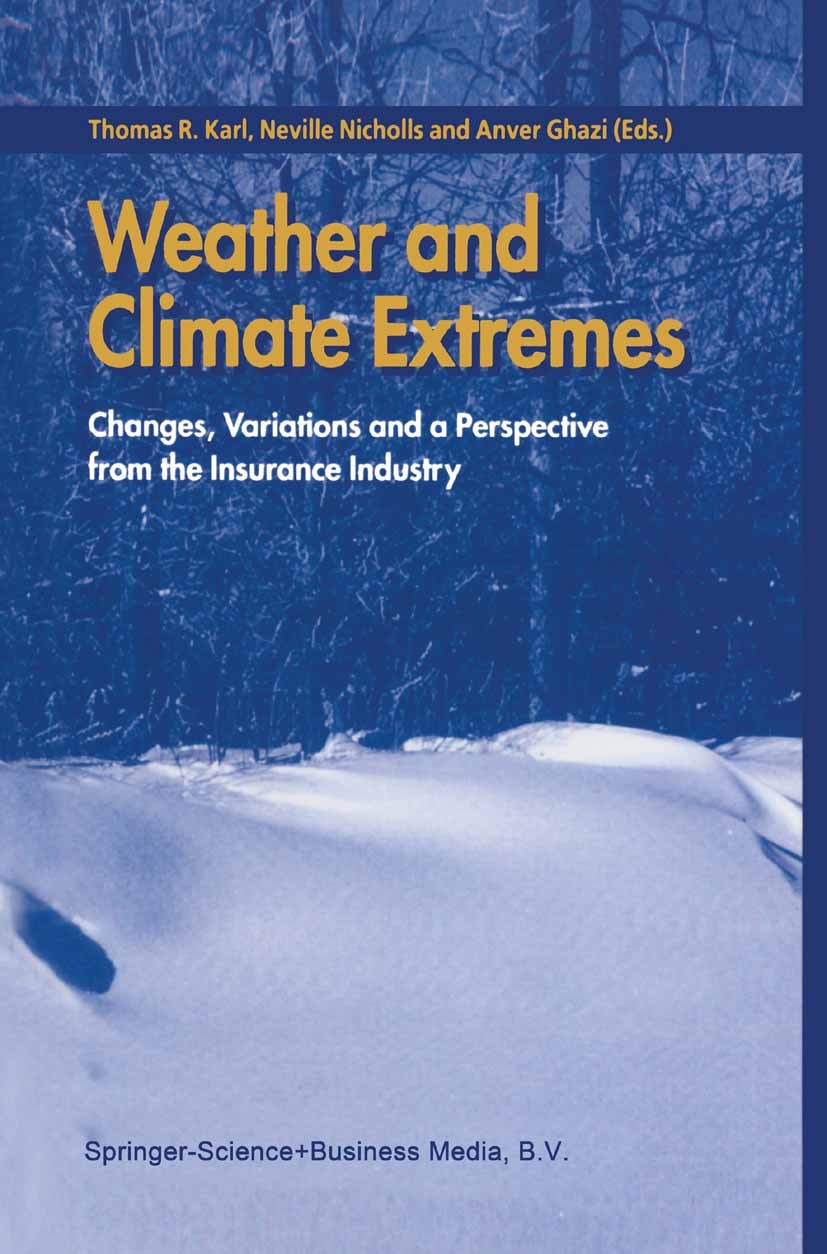利用 LASSO 回归预测极端天气事件对作物产量的影响
IF 6.9
1区 地球科学
Q1 METEOROLOGY & ATMOSPHERIC SCIENCES
引用次数: 0
摘要
极端天气事件被认为是作物产量损失的主要驱动因素,威胁着粮食安全和农民收入。鉴于气候变化下极端天气的频率和强度不断增加,量化重要农作物未来的相关产量损失至关重要,以便为前瞻性的气候变化适应规划提供信息。在本研究中,我们提出了一种统计建模方法,用于预测德国八种主要种植的大田作物在气候变化下的产量变化,并估算了九种极端天气事件的影响。为了选择最相关的预测因子,我们对地区级产量数据采用了最小绝对收缩和选择算子(LASSO)回归法。LASSO 模型平均选择了 62% 的特征,这些特征与众所周知的生物物理对作物的影响相吻合,表明不同生长阶段的不同极端天气与产量预测相关。我们预测夏季作物受到的影响平均比冬季作物严重 2.5 倍。在 RCP8.5 条件下,在不考虑二氧化碳施肥效应的情况下,夏收作物产量在远期(2069-1998 年)平均变化-2.53% 到-8.63%,冬收作物平均变化-0.80% 到-2.88%。在 2069-98 年期间,热影响被认为是所有作物产量损失的主要驱动因素,而降水模式的变化则加剧了冬季和春季的涝灾以及夏季和秋季的旱灾。我们的研究结果强调了 LASSO 回归在确定相关驱动因素以预测多种作物产量变化方面的实用性,这对指导农业适应至关重要。虽然目前的分析可以确定经验关系,但在生物物理模型中复制这些发现可以为了解基本过程提供新的视角。本文章由计算机程序翻译,如有差异,请以英文原文为准。
Projecting impacts of extreme weather events on crop yields using LASSO regression
Extreme weather events are recognized as major drivers of crop yield losses, which threaten food security and farmers’ incomes. Given the increasing frequency and intensity of extreme weather under climate change, it is crucial to quantify the related future yield damages of important crops to inform prospective climate change adaptation planning. In this study, we present a statistical modeling approach to project the changes in crop yields under climate change for eight majorly cultivated field crops in Germany, estimating the impacts of nine types of extreme weather events. To select the most relevant predictors, we apply the least absolute shrinkage and selection operator (LASSO) regression to district-level yield data.
The LASSO models select, on average, 62% of the features, which align with well-known biophysical impacts on crops, suggesting that different extremes at various growth stages are relevant for yield prediction. We project on average 2.5-times more severe impacts on summer crops than on winter crops. Under RCP8.5, crop yields experience a mean change from −2.53% to −8.63% in the far future (2069–98) for summer crops and from −0.80% to −2.88% for winter crops, without accounting for CO2 fertilization effects. Heat impacts are identified as the primary driver of yield losses across all crops for 2069–98, while shifting precipitation patterns exacerbate winter and spring waterlogging, and summer and fall drought.
Our findings underscore the utility of LASSO regression in identifying relevant drivers for projecting changes in crop yields across multiple crops, crucial for guiding agricultural adaptation. While the present analysis can identify empirical relationships, replicating these findings in biophysical models could provide new insights into the underlying processes.
求助全文
通过发布文献求助,成功后即可免费获取论文全文。
去求助
来源期刊

Weather and Climate Extremes
Earth and Planetary Sciences-Atmospheric Science
CiteScore
11.00
自引率
7.50%
发文量
102
审稿时长
33 weeks
期刊介绍:
Weather and Climate Extremes
Target Audience:
Academics
Decision makers
International development agencies
Non-governmental organizations (NGOs)
Civil society
Focus Areas:
Research in weather and climate extremes
Monitoring and early warning systems
Assessment of vulnerability and impacts
Developing and implementing intervention policies
Effective risk management and adaptation practices
Engagement of local communities in adopting coping strategies
Information and communication strategies tailored to local and regional needs and circumstances
 求助内容:
求助内容: 应助结果提醒方式:
应助结果提醒方式:


